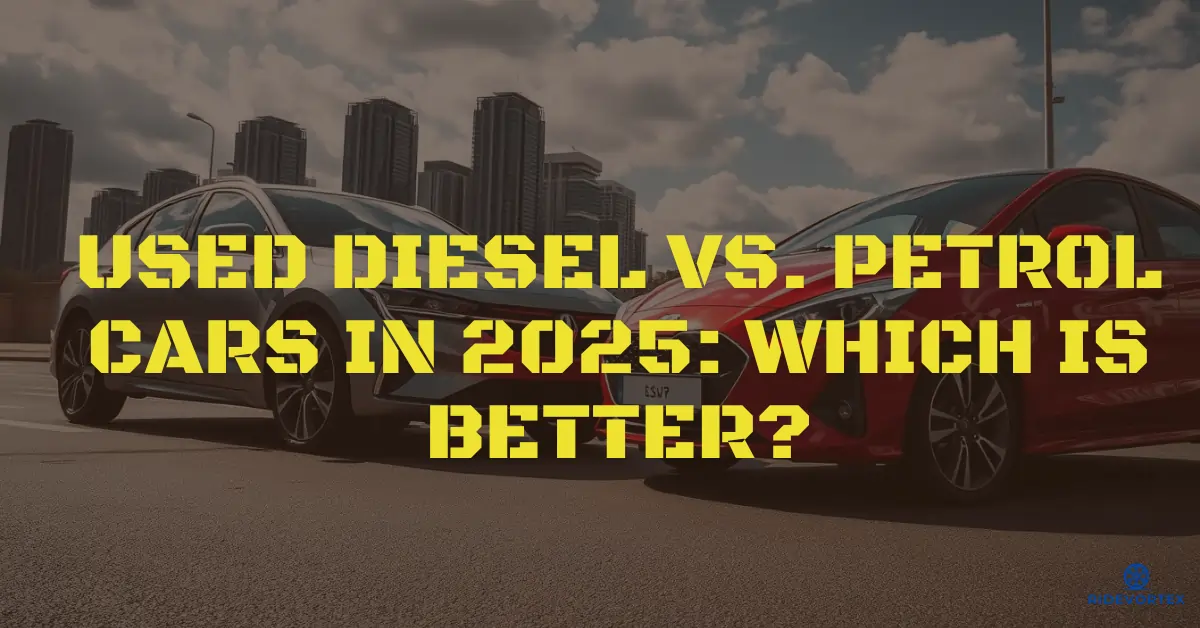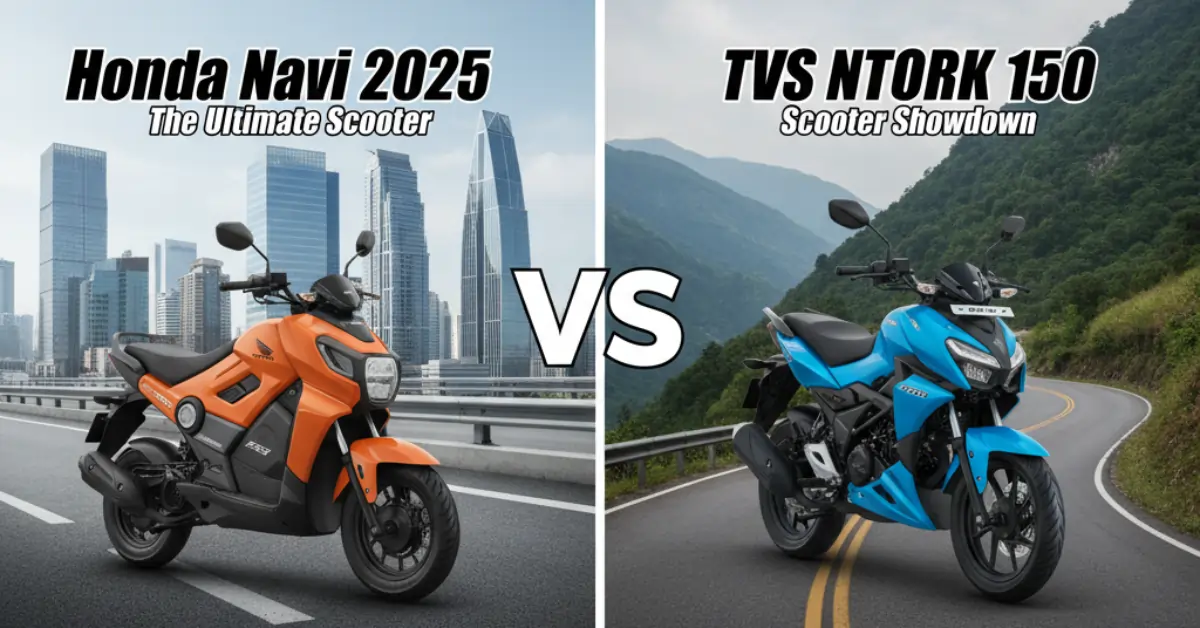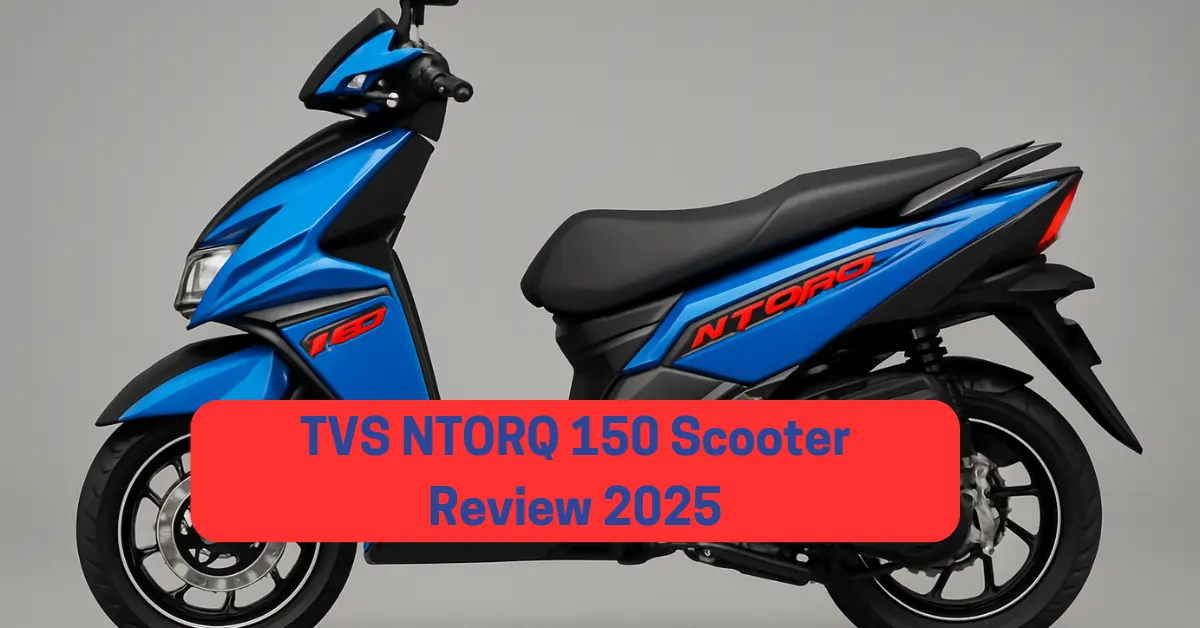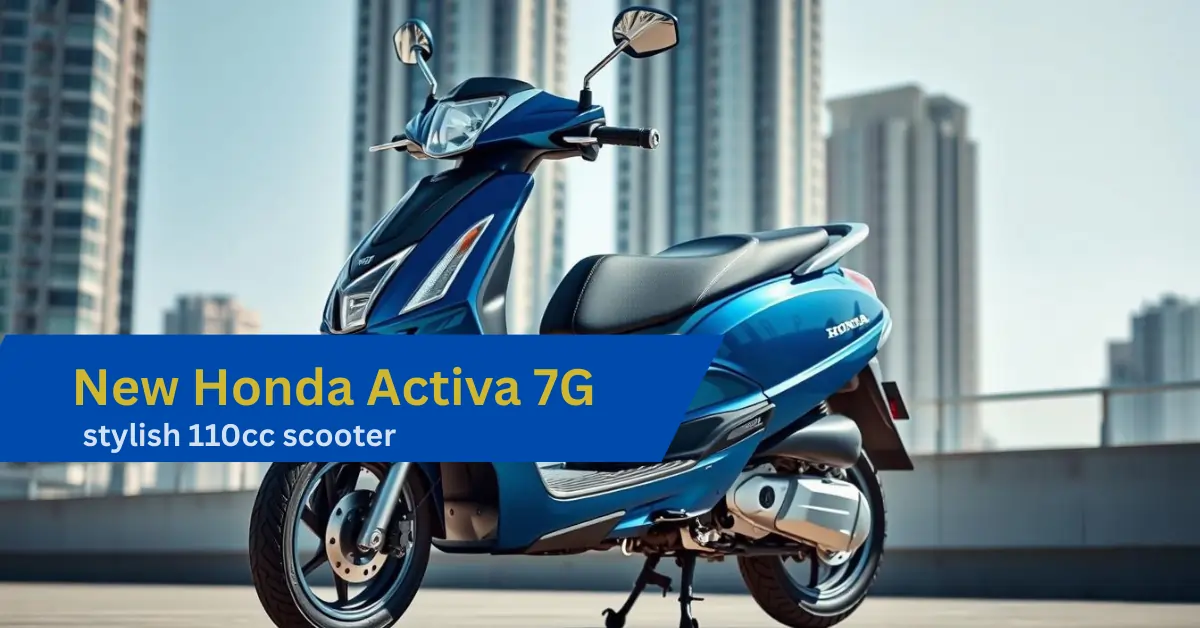If you’re looking for the pinnacle of modern muscle cars, the Dodge Challenger SRT Demon 170 stands out as the ultimate expression of power, exclusivity, and drag-strip dominance. With over 1,000 horsepower, a host of unique quirks, and a price tag that tips just over $100,000, this car is built to impress and intimidate. Let’s dive into what makes the Demon 170 so special, from its powerhouse engine to its rare features and personalized touches.

Overview: The Most Powerful Challenger Ever
The Dodge Challenger SRT Demon 170 is not your average muscle car. This is the most powerful Challenger ever produced, boasting a staggering 1,025 horsepower when fueled with E85 ethanol. To put that into perspective, the Hellcat Challenger had 717 horsepower, and the previous Demon topped out at 808 horsepower. The Demon 170 shatters those benchmarks and cements itself as the ultimate modern muscle car.
But power isn’t the only thing that makes this car stand out. Dodge is only making 3,300 Demon 170s, making it a rare and sought-after collector’s item. The base price is $96,666 — yes, the “mark of the devil” — which with taxes and destination fees pushes the cost to around $100,000. This price is significant for a Dodge Challenger, but given the Demon 170’s capabilities and exclusivity, it’s a justified investment.
The Last Challenger: An Iconic Muscle Car’s Final Edition
The Demon 170 is also special because it represents the end of an era. Dodge is wrapping up the Challenger’s production with a series of “Last Call” editions, and the Demon 170 is the very last Challenger model produced. The final Challenger rolled off the assembly line on December 22, 2023, and fittingly, it was a Demon 170. This car, therefore, isn’t just the ultimate muscle car — it’s a farewell to a beloved automotive icon that has been around since 2008.
How to Identify a Demon 170: Quirks and Features
Visually, the Demon 170 shares many similarities with its predecessors, especially the 2018 Demon. However, there are subtle differences that help distinguish this model:
| Feature | Demon 170 | Previous Demon |
| Rear Fender Size | Slightly larger | Smaller |
| Demon Badge | Includes a small yellow “170” logo on the neck, with a yellow eye | Standard demon badge without yellow eye or 170 logo |
| Brake Calipers | Yellow calipers symbolizing E85 ethanol fuel | Different color calipers |
| Color Options | Includes Plum Crazy (unique and vibrant) | Various colors but no Plum Crazy option |
The yellow eye on the Demon 170’s badge isn’t just a design choice; it symbolizes the car’s reliance on corn-based E85 ethanol fuel to generate its peak 1,025 horsepower. If you run regular pump gas, the power drops to 900 horsepower, which is still impressive but not quite the full Demon 170 experience.
170 Proof: What Does the Name Mean?
The number “170” in the Demon 170’s name refers to the alcohol proof of the ethanol fuel it requires to reach maximum power. This is an obscure and subtle naming choice, but it reflects the car’s deep connection to E85 fuel and its performance potential when using it. Throughout the vehicle, you’ll find small nods to this theme, like the phrase “alcohol injected” on the front air scoop and yellow highlights on various badges and parts.
Under the Hood: A Supercharged V8 Beast
The Demon 170 is powered by a heavily upgraded 6.2-liter supercharged V8 engine. This engine shares its roots with other high-performance Dodge Challengers but has been extensively revised to handle the massive power output.

Here’s a quick look at some performance stats:
| Metric | Value |
| Horsepower (E85 Fuel) | 1,025 hp |
| Horsepower (Pump Gas) | 900 hp |
| 0-60 mph Time | Under 1.7 seconds (on prepped drag strip) |
| Quarter Mile Time | 8.9 seconds (on prepped drag strip) |
These numbers are mind-blowing and achievable only on properly prepared drag strip surfaces. The Demon 170 is designed to excel in drag racing and high-speed acceleration, making it a serious contender on the strip.
Engine Bay Easter Eggs
Beyond raw power, the Demon 170 also includes several unique touches under the hood:
- A Demon 170 plaque prominently displayed, distinguishing it from other Demons
- A “Last Call” plaque marking it as the final Challenger
- Yellow-painted engine block, a subtle nod to the ethanol fuel theme
These details highlight how much thought went into making this car special beyond just its performance.
Exterior and Options: Subtle Yet Exclusive
From a distance, the Demon 170 doesn’t scream “ultimate muscle car” — it’s more subtle than that. Aside from the yellow eye on the badge, yellow brake calipers, and slightly wider fenders, the Demon 170 looks like a traditional Challenger. However, the optional Plum Crazy color on this particular car is eye-catching and adds to its exclusivity.

This specific Demon 170 is loaded with every available option, including some surprising ones like a $10,000 sunroof and $11,500 carbon fiber wheels. The carbon fiber wheels save weight and improve drag strip performance but are often removed by owners for fear of damage, given their high value.
All these options push the car’s sticker price well beyond the base $100,000, with fully loaded models reaching around $145,000 — a staggering figure for a muscle car.
Interior: Built for Drag Racing, But Comfortable Too
The Demon 170’s interior is designed with drag racing in mind, but it still offers comfort and style. Interestingly, the car comes standard with only a driver’s seat. Passenger and rear seats are optional extras, costing around $2,000 for the full setup. This highlights the car’s focus on performance over practicality.
Key interior features include:
- Demon-branded seats with the subtle “170” logo
- A real-time ethanol fuel level indicator in the gauge cluster
- Infotainment system with a special Demon 170 graphic featuring the yellow eye
- High-performance controls accessible via the SRT button, including launch control, line lock for burnouts, drag mode, and an engine chiller

The infotainment system is particularly impressive, offering factory-built drag racing features that enthusiasts usually add aftermarket. For example, the line lock function allows the front brakes to lock while letting the rear wheels spin freely to warm up tires — perfect for drag strip prep.
READ MORE:
- MG Cyberster 2025: The Ultimate Electric Sports Car
- Volvo XC90 (2025): Features, Price & Expert Review
- Big SUV Battle: Fortuner Legender or MG Gloster
Personalized Features
The interior also includes unique personalized touches, such as a climate vent on the passenger side of the dashboard with the Demon logo and the car’s individual production number. In the trunk, there’s an additional vent with a personalized message that can be customized by the owner.
Exclusive Accessories: More Than Just a Car
Owning a Demon 170 means receiving a collection of exclusive accessories that celebrate the car’s uniqueness. One notable partnership is with Jay Leno’s Garage, which provides special detailing supplies branded specifically for the Demon 170.
Among the most fascinating accessories is a custom crate-like box containing a variety of personalized items:
- A plaque with the car’s VIN and Demon 170 branding
- Signatures of the entire Demon 170 team at Dodge
- Two alcohol decanters, including one embossed with the Demon logo and VIN
- Drinking glasses with the Demon 170 logo etched at the base
- Silver demon figurines of unknown purpose
- Demon drink coasters
- A commemorative plaque for the owner
This elaborate and personalized accessory set is arguably one of the most unique and extravagant automotive packages ever offered with a production car.
Driving the Demon 170: Experience and Impressions
Driving the Demon 170 is an unforgettable experience. Even without the optional drag radials, this car delivers insane acceleration and torque. The owner, Carl Brower, who is well-known in automotive circles, explains how the car dynamically adjusts power based on the fuel mixture in real time. If you mix E85 and regular gas, the horsepower fluctuates accordingly, which you can watch live on the dashboard.
The throttle response is immediate, with the car feeling almost electric in its instant torque delivery. However, despite the power, the car requires respect and caution. Flooring it at low speeds causes the rear to break traction, making it a handful to control, especially without drag radials.
Some key driving takeaways:
- Throttle sensitivity is excellent but can easily overpower traction
- Launch control and traction control are essential for managing power
- Even partial throttle inputs deliver breathtaking acceleration
- The car remains surprisingly livable with modern infotainment and comfort features
On the road, the Demon 170 feels like the ultimate muscle car: brutal yet refined, fast yet manageable, and utterly thrilling to drive.
Final Thoughts: The Ultimate Muscle Car and a Legendary Farewell
The Dodge Challenger SRT Demon 170 is a fitting sendoff to the Challenger legacy. It combines raw, unmatched power with thoughtful engineering and unique personalization. At over 1,000 horsepower and with a price tag hovering around $100,000 to $145,000 fully loaded, it’s a car for serious enthusiasts who want the ultimate modern muscle car experience.
It’s rare to find a car that is both the fastest and most powerful in its lineage and the very last of its kind. The Demon 170 achieves that rare status, making it a collector’s dream and a thrilling machine for drag racing fans.
DougScore: How Does the Demon 170 Rank?
| Car | DougScore | Notes |
| Dodge Challenger SRT Demon 170 | 66 / 100 | Highest scoring SRT car; ultimate muscle car experience |
| Previous Dodge Demon | Lower than 66 | Less power and fewer features |
With a DougScore of 66, the Demon 170 outperforms all previous Charger and Challenger models in the SRT lineup. This score reflects its extraordinary performance, unique features, and the emotional value of being the final Challenger produced.
In summary, the Dodge Challenger SRT Demon 170 isn’t just a car — it’s a statement. It’s the ultimate muscle car of this generation and a fitting farewell to a legendary platform. If you ever get the chance to experience one, whether behind the wheel or simply admiring its quirks and accessories, you’re witnessing automotive history in the making.











